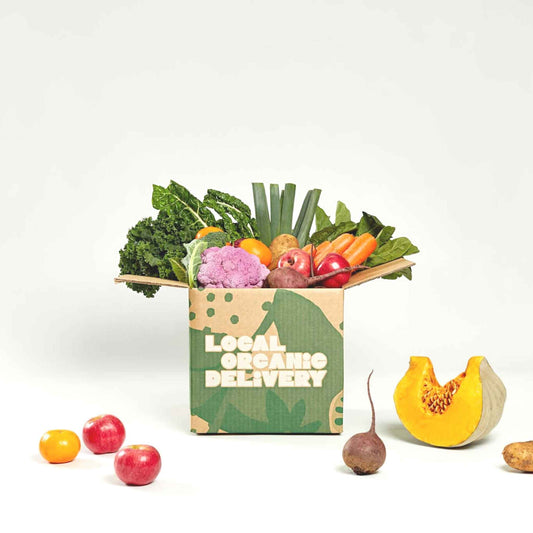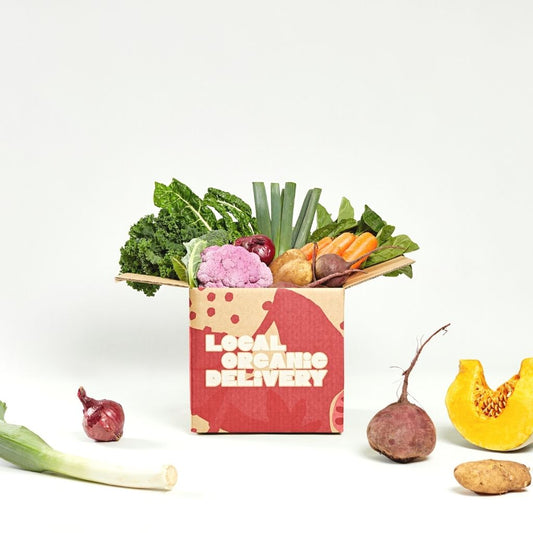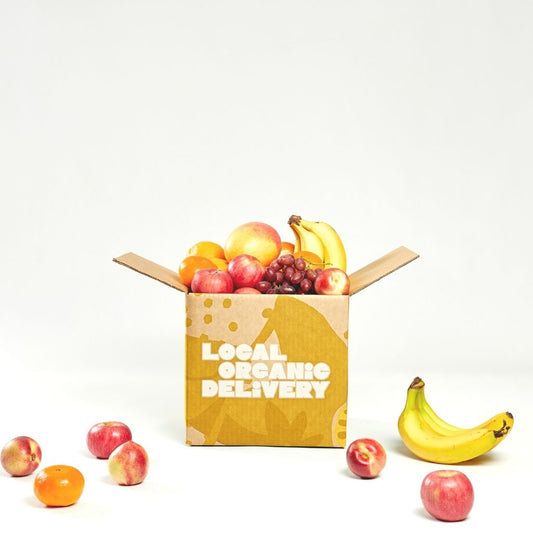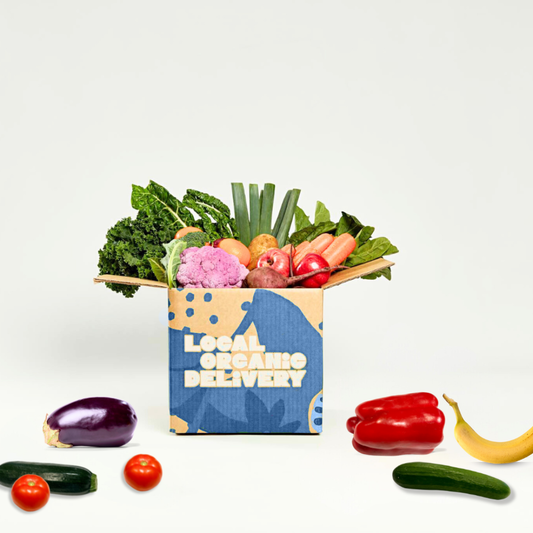For those of us who love our veggies and cooking at home, you can end up with a decent amount of food scraps at the end of the week. When our food scraps go to landfill they breakdown and produce methane - a greenhouse gas 25 times more potent than carbon dioxide. So composting your food scraps is a fantastic way to help reduce greenhouse gas emissions.
But for many of us, it's not always so easy. As someone who has spent much of my adult life living in apartments, I know all too well the challenges of composting when your home is small and you have little or no outdoor space. Thankfully, there are a range of really good options available.
Anaerobic Composting Systems
When you're living in such a small space, your best bet is to look at an anaerobic composting system like Urban Composter or Bokashi One. These composting systems are designed for city living, and are so compact that you can keep them under your kitchen sink (if you want to, although I prefer to keep it on the balcony).
There are some huge benefits of these anaerobic composting systems, regardless of whether you live in an apartment or not, and that is you can compost so many more kinds of foods like citrus, dairy, meat and fish, which you can't in other composting systems.
The other big plus is the amazing juice that you drain out of the bucket on a regular basis. This juice is packed with good bacteria and nutrients, and can be diluted with water and used on your plants. I've been doing this for a few years with my indoor plants and they love it, they have been growing like mad. Any excess juice that you can't use on the garden (because there will be quite a lot of it!) can be used in your bathroom or kitchen as a natural drain cleaner.
There are some challenges with this kind of system however. Firstly, when the bucket is full of your food scraps you need to leave it to ferment for a few weeks. Some people like to have two buckets on the go, so you can fill one up while the other one is fermenting away.
The other thing to keep in mind is when your bucket has finished fermenting, you'll need to find a garden to bury the fermented waste into. If you've got a communal garden in your building or a community garden nearby, that might be a good option. Otherwise you could look into ShareWaste (which I'll talk about more below) or asking a friend or a neighbour with a backyard. I've explored all these options personally, and I recommend finding an option that is the most convenient to you as it means you're most likely to stick with it long term.
Finally, there is a small ongoing cost with this composting system as it requires a spray or bran flakes (depending on which brand you're using) to be used on top of the food scraps every time you add to the bucket. This is a crucial step as the process of fermentation requires anaerobic microbes to do their wonderful work. However, the cost isn't huge and the spray or bran flakes will last quite a while.
All in all, I am a huge fan of the anaerobic composting system. I've been using the Bokashi One bucket at home for a number of years and it's still going strong (and my plants have never looked better).
ShareWaste
ShareWaste is another great option, depending on where you live. You start by going to the website, looking at the map and finding a ShareWaste "host" - essentially someone in your area who is happy to accept your food scraps for their own compost bin or to feed to their animals.
I love the idea of ShareWaste. It provides a really practical solution for people who want to do something good for the environment, and it's a great way to connect with your neighbours and community. However, my experience with ShareWaste has been tricky - although there are quite a few hosts in my area, they always seem to be full and aren't accepting any more food scraps. You also need to adhere to the guidelines of your host's compost bin, as many of them don't accept certain food scraps like meat or bones.
Council Food Waste Collection
There are a number of councils around Melbourne that are now accepting food scraps in their green bin collections. This is probably the easiest solution for many apartment dwellers out there. But you'll still need to be mindful that each council is different in what food waste they'll accept in the green bin.
Here's a list of Melbourne councils that accept food scraps in their green bin collections, with links to further information: Bayside, Booroondara, Cardinia, Casey, Darebin, Frankston, Glen Eira, Hobsons Bay, Hume, Moonee Valley, Moreland, Nillumbik, Stonnington.
Which Option Should You Choose?
If it's available to you, the council collection is probably the easiest option. If you're keen on the Bokashi bucket but not ready to fork out that much money for one yet, look for one second hand to begin with (I've seen them going for around $30 on Facebook Marketplace). Ultimately, I believe the best choice is the one you'll stick with long term.




